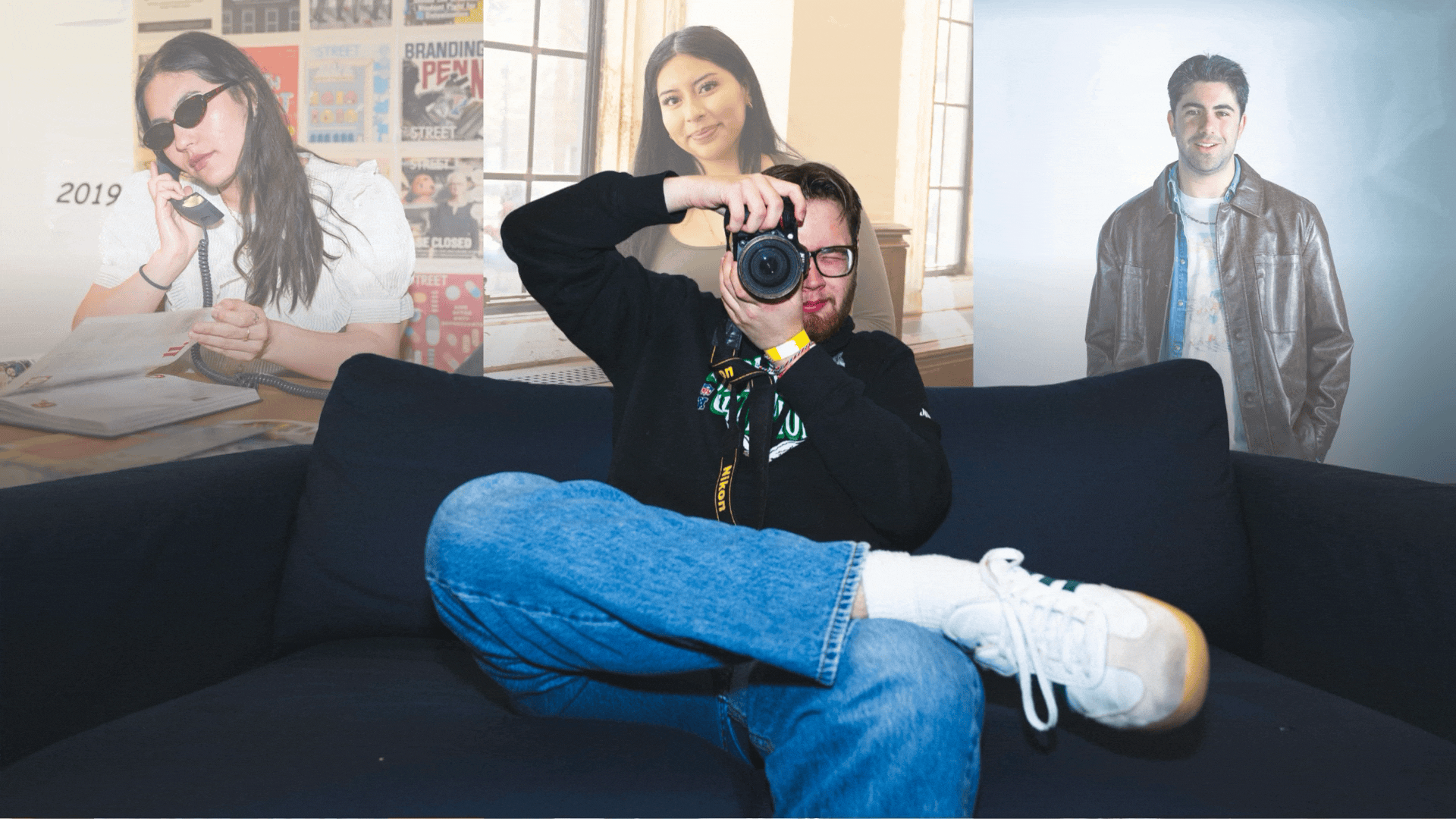Welcome to Brown-town: the homebase of Penn's South Asian population. The brown — pretty evident. The town? It's a sense of community that is prevalent among minority groups all over campus. South Asians at Penn are a tight-knit group and understandably so. Finding others with common experiences is a comfort, especially in an environment where those people may be few and far between. Belonging feels good.
To share some insight on the inner workings of social life in Brown-town, performing arts groups dominate the scene. Whether it's through the moves of Dhamaka, Penn's first and only all-male dance troupe, or through the voices of the women who make up Atma (a female South Asian a capella group), we're singing and dancing our way to cultural expression. It's wonderful in theory: young people taking a part of their heritage, making something out of it and having fun along the way.
So wherein lies the problem? While comfort and pride are positive qualities, they can create barriers when they become a group's driving forces. Penn touts itself as a diverse, vibrant campus, but on closer inspection, you'll notice that minorities tend to stick to themselves. That sense of comfort and belonging often overrides our willingness to open up.
Broader umbrella organizations like the South Asia Society, the Chinese Students' Association or La Casa Latina set education of the greater Penn community about their particular minority group as a primary goal. However, they tend to effectively become outlets for the very members of that community to socialize and take even more pride in what makes them unique. Rather than spread awareness, this breeds insulation. When we become insular, everyone loses. Minorities lose their chance to really educate, and everyone else loses an opportunity to experience something potentially eye-opening.
Granted, there are signs of positive collaboration occurring already, and last weekend's joint show between Arts House Dance Company and Penn Masala is a fine example. We're headed in the right direction, but it's going to take more than a song and dance to bring about real and lasting change. If nothing else, take this as an invitation. An invitation to open your eyes and your mind. If we really are the risk-taking youths we believe ourselves to be, we should do well engaging in some culturally risky behavior.






